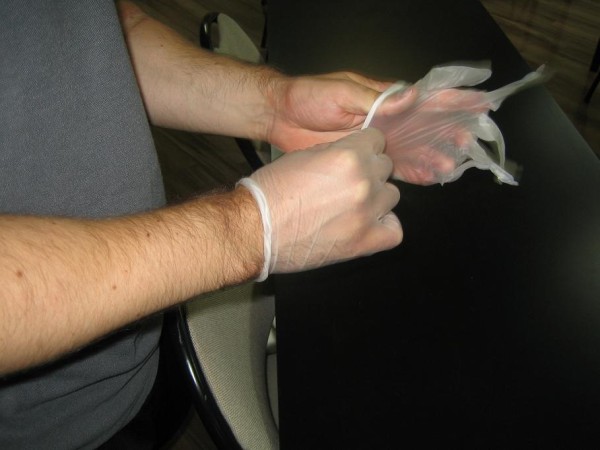Swallowing foreign objects is frequently a problem
in young children, especially in ages between six months to five years, but can still affect children of all ages. It is almost always accidental but may also be intentional. Most of the foreign objects that are swallowed will safely pass through the gastrointestinal tract and excreted with stool. However, some 10-20% are capable of resulting to damage to the gastrointestinal tract by becoming lodged to an organ and/ or infection. If the object is large enough, it may cause choking.
Causes of Swallowing Foreign Objects
For young children, the newfound ability to grasp things and examine these things using their senses is incredible. As part of their curiosity, they grab random things and insert them in any facial orifice.
- Deliberately
- Accidental, such as eating something that was not supposed to contain a particular foreign object
- Trauma, due to fall
Most Common Swallowed Foreign Objects
Any object that is capable of passing the pharynx may be swallowed. The most common objects swallowed by young children include:
- Coins
- Small toys or pieces of toys
- Pencils and pens
- Erasers
- Batteries
- Needles
- Hairpins and safety pins
- Accidentally swallowed food: chicken and fish bones
- In older people, dentures
Symptoms of Swallowing Foreign Object
Swallowing foreign objects may be asymptomatic at first or only minor symptoms are present. Therefore, they can sometimes be forgotten and lead to infection and inflammation. Usually, the symptoms of swallowing of foreign objects include:
- Sensation of foreign object in the throat
- Throat pain
- Coughing
- Trouble breathing
- In large objects, choking
If any of the following objects are observed, call for medical help.
- Pain
- Fever
- Nausea and vomiting
- Local tenderness
- Rectal bleeding
*Generally check the stool if the object has been excreted in the feces. It usually excreted within four to five days.
First Aid Management for SwallowingForeign Object
As previously mentioned, swallowing a foreign object will usually cause no harm. Depending on the object swallowed and the symptoms, immediate action may be essential. Sometimes, surgery may be necessary to dislodge the object.
If the object is lodged in the esophagus,
- The object has to be removed immediately if:
- It is a pointed object to avoid damage to the esophageal lining
- Iit is a button-type battery to avoid damage to the surrounding tissues.
 If the person has swallowed a foreign object and accompanied by continuous forceful coughs, encourage the person to continue coughing. Perform the following method:
If the person has swallowed a foreign object and accompanied by continuous forceful coughs, encourage the person to continue coughing. Perform the following method:
- Using the heel of the hand, deliver five back blows between the person’s shoulder blades.
- Give five Heimlich maneuver, also called abdominal thrusts.
- Alternate between giving five back blows and five abdominal thrusts until the foreign object is removed.
The instructions mentioned above cannot serve as a substitute for knowledge of first aid. workplace approved programs offer first aid training and CPR classes, which is advisable to all, especially parents and caregivers, who want to learn the proper way of administering first aid and Heimlich maneuver to children and even adults, who have swallowed foreign objects.

